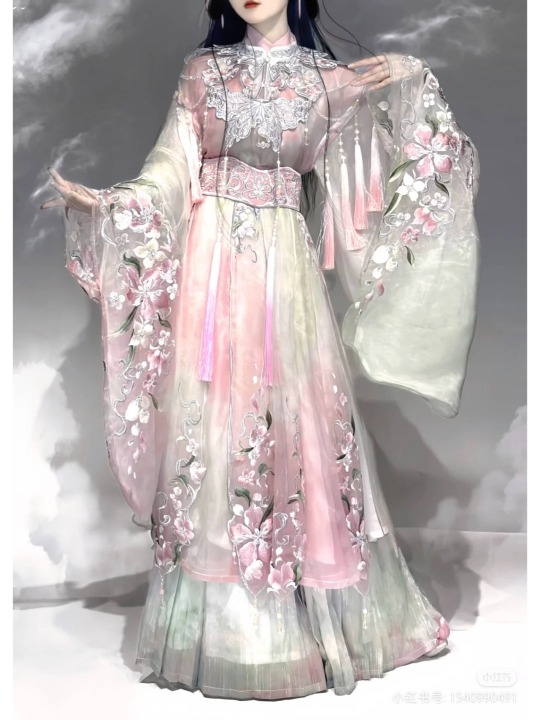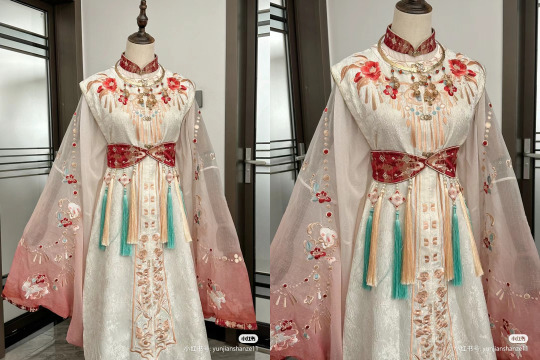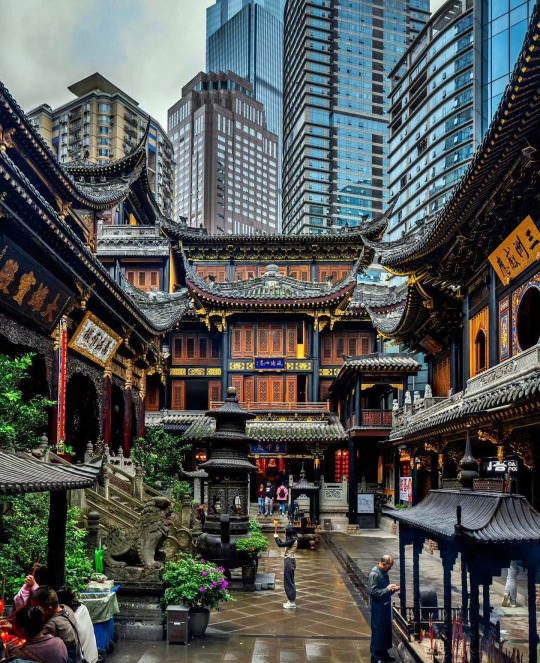#china
Text

Jinhua Architecture Park, Zhejiang, China
#china#nature#flowers#purple flowers#lilac#wild flowers#wildflowers#nature aesthetic#petitworld favs#petitworld
261 notes
·
View notes
Text
[Hanfu · 漢服]Chinese Late Warring States period(475–221 BC) Traditional Clothing Hanfu Based On Based On Chu (state)Historical Artifacts

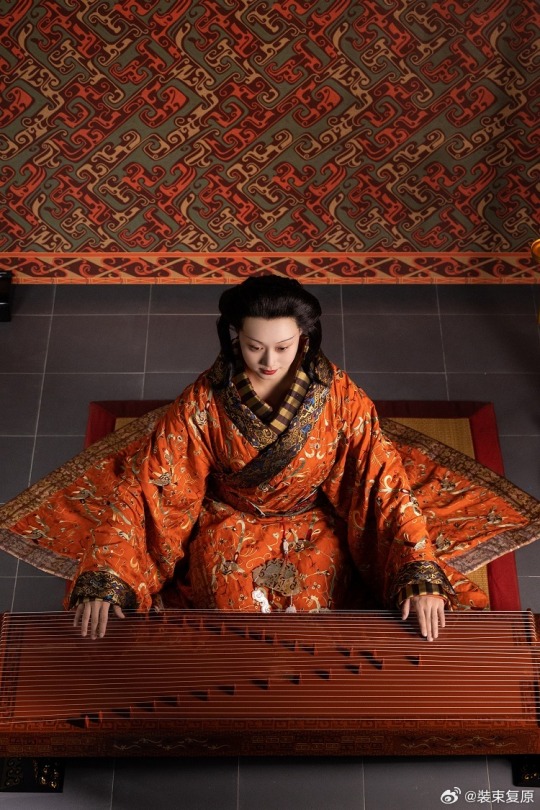
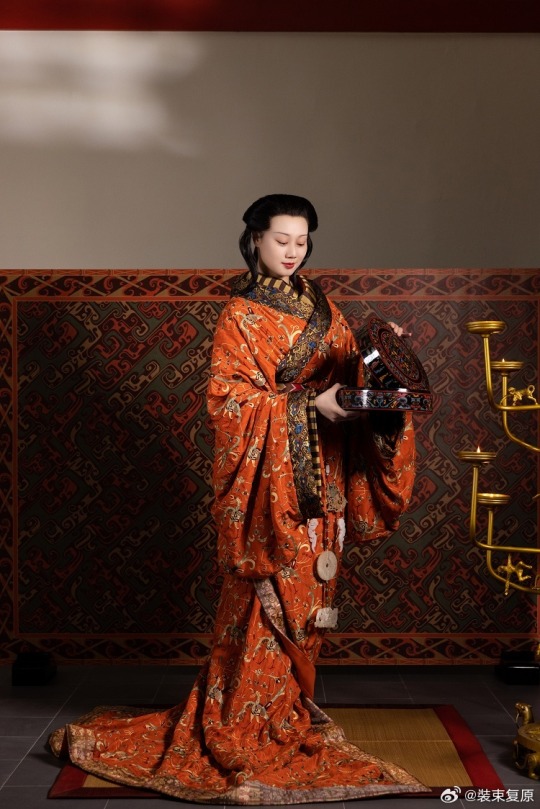
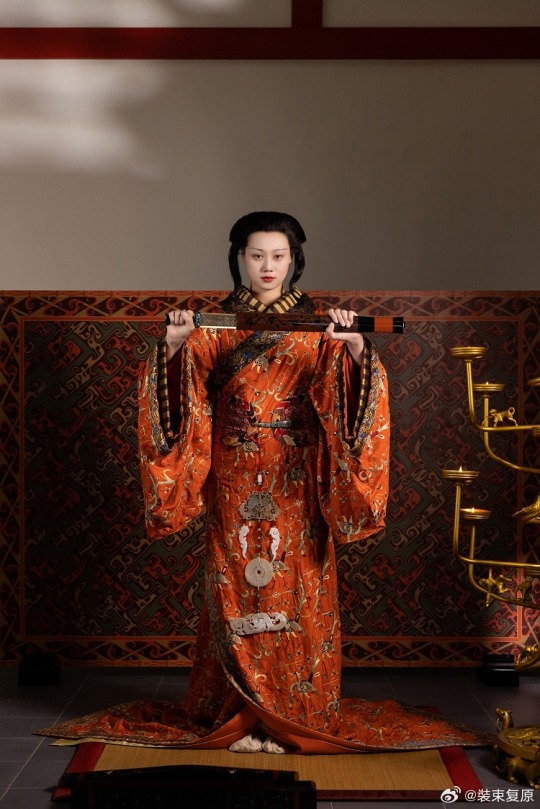
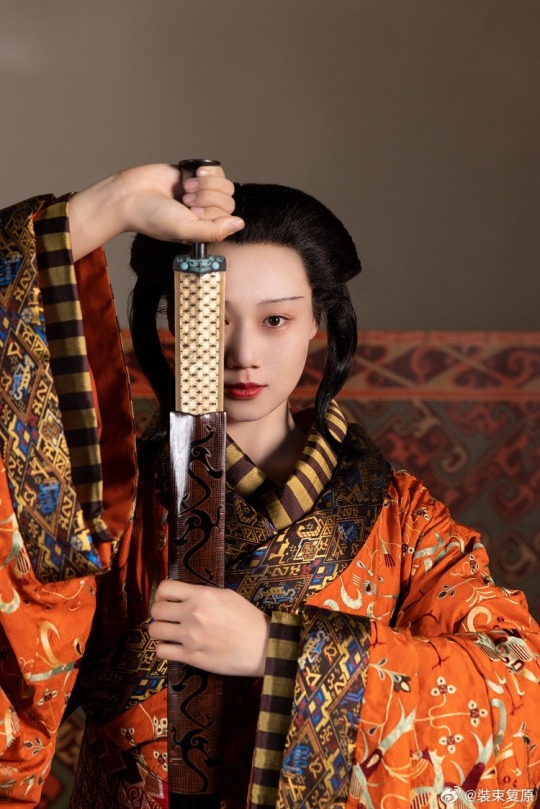
【Historical Artifact Reference】:
Late Warring States period(475–221 BC):Two conjoined jade dancers unearthed from Jincun, Luoyang,collected by Freer Museum of Art
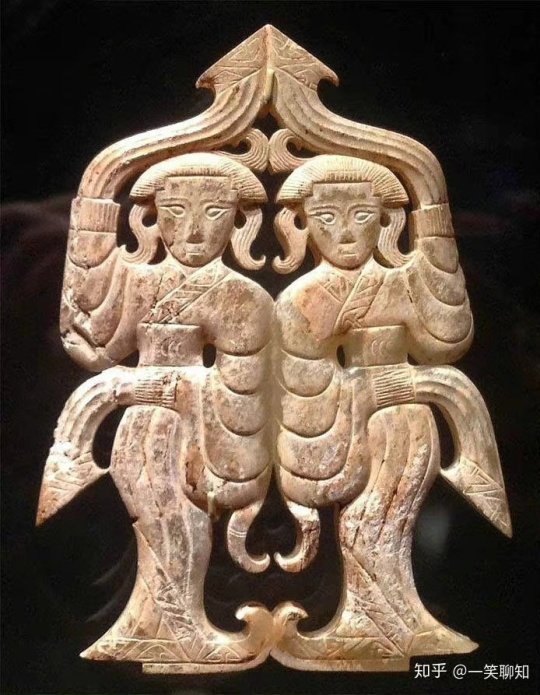
A similar jade dancer was also unearthed from the tomb of Haihunhou, the richest royal family member in the Han Dynasty, and was one of his treasures.

Warring States period, Eastern Zhou dynasty, 475-221 BCE,jade dancer by Freer Gallery of Art Collection.

Warring States period(475–221 BC)·Silver Head Figurine Bronze Lamp.Unearthed from the Wangcuo Tomb in Zhongshan state during the Warring States Period and collected by the Hebei Provincial Institute of Cultural Relics and Archaeology

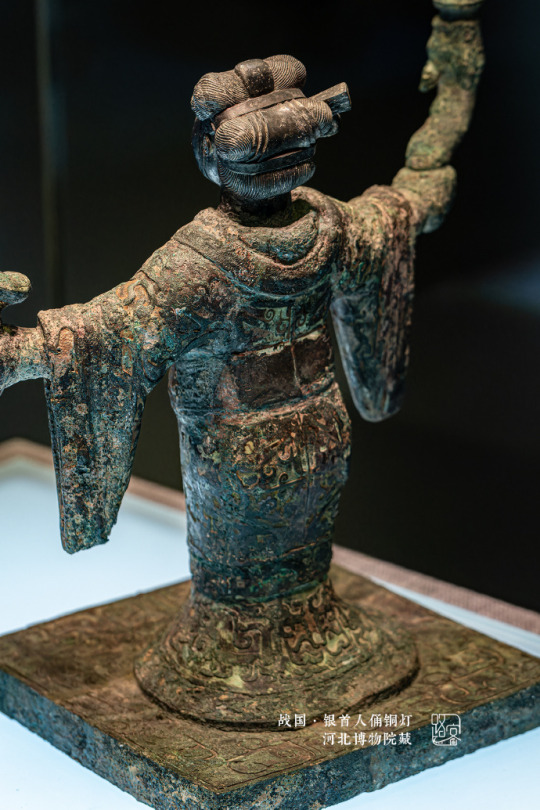
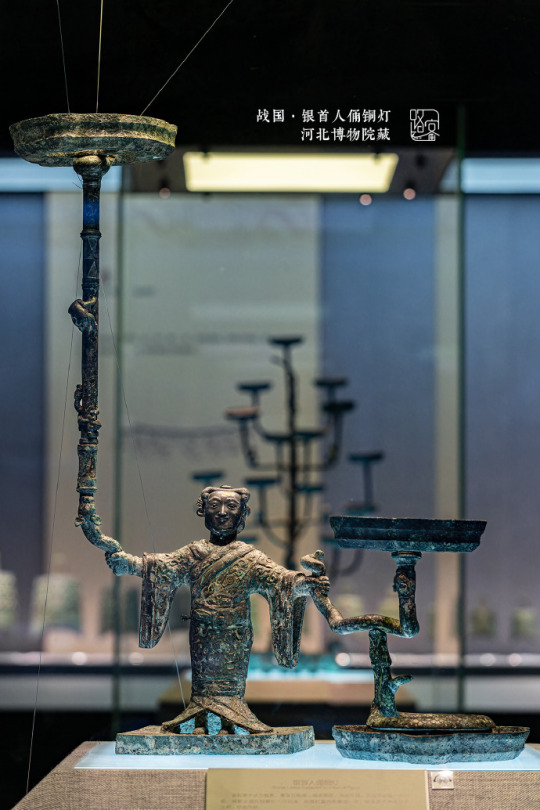
The figurine of a man dressed as a woman holds a snake in his hand, and 3 snakes correspond to 3 lamps.
Sword of Goujian/越王勾践剑:
The Sword of Goujian (Chinese: 越王勾践剑; pinyin: Yuèwáng Gōujiàn jiàn) is a tin bronze sword, renowned for its unusual sharpness, intricate design and resistance to tarnish rarely seen in artifacts of similar age. The sword is generally attributed to Goujian, one of the last kings of Yue during the Spring and Autumn period.
In 1965, the sword was found in an ancient tomb in Hubei. It is currently in the possession of the Hubei Provincial Museum.

【Histoty Note】Late Warring States Period·Noble Women Fashion
The attire of noblewomen in the late Warring States period, as reconstructed in this collection, is based on a comprehensive examination of garments and textiles unearthed from the Chu Tomb No. 1 at Mashan, Jiangling, as well as other artifacts from the same period.
During the late Warring States period, both noble men and women favored wearing robes that were connected from top to bottom. These garments were predominantly made of gauze, silk, brocade, and satin, with silk edging. From the Chu Tomb No. 1 at Mashan, there were discoveries of robes entirely embroidered or embroidered fragments. The embroidery technique employed was known as "locked stitches," which gave the patterns a three-dimensional, lively appearance, rich in decoration.
The two reconstructed robes in this collection consist of an inner robe made of plain silk with striped silk edging, and an outer robe made of brocade, embroidered with phoenixes and floral patterns, with embroidered satin edging. Following the structural design of clothing found in the Mashan Chu Tomb, rectangular fabric pieces were inserted at the junction of the main body, sleeves, and lower garment of the robe. Additionally, an overlap was made at the front of the main body and the lower garment to enlarge the internal space for better wrapping around the body curves. Furthermore, the waistline of the lower garment was not horizontal but inclined upward at an angle, allowing the lower hem to naturally overlap, forming an "enter" shape, facilitating movement.
The layered edging of the collars and sleeves of both inner and outer robes creates a sense of rhythm, with the two types of brocade patterns complementing each other, resulting in a harmonious effect. Apart from the robes, a wide brocade belt was worn around the waist, fastened with jade buckle hooks, and adorned with jade pendants, presenting an elegant and noble figure.
The reconstructed hairstyle draws inspiration from artifacts such as the jade dancer from the late Warring States period unearthed at the Marquis of Haihun Tomb in Nanchang, and the jade dancer from the Warring States period unearthed at Jin Village in Luoyang. It features a fan-shaped voluminous hairdo on the crown, with curled hair falling on both sides, and braided hair gathered at the back. The Book of Songs, "Xiao Ya: Duren Shi," vividly depicts the flowing curls of noblewomen during that period. Their images of curly-haired figures in long robes were also depicted in jade artifacts and other relics, becoming emblematic artistic representations.
The maturity and richness of clothing art in the late Warring States period were unparalleled in contemporary world civilizations, far beyond imagination. It witnessed the transition of Chinese civilization into the Middle Ages. The creatively styled garments and intricate fabric patterns from the Warring States period carry the unique essence, mysterious imagination, and ultimate romanticism of that era, serving as an endless source of artistic inspiration.
--------
Recreation Work by : @裝束复原
Weibo 🔗:https://weibo.com/1656910125/O6cUMBa1j
--------
#chinese hanfu#Late Warring States Period#Warring States period(475–221 BC)#hanfu#hanfu accessories#chinese traditional clothing#hanfu_challenge#chinese#china#historical#historical fashion#chinese history#china history#漢服#汉服#中華風#裝束复原
166 notes
·
View notes
Text




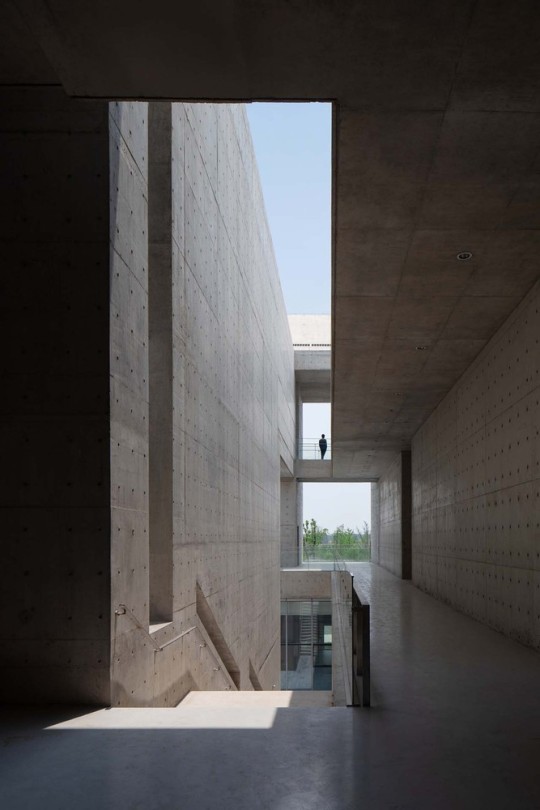


Shou County Culture and Art Center, China - Studio Zhu-Pei
#Studio Zhu-Pei#architecture#design#building#modern architecture#interiors#concrete#minimalism#museum#art#art gallery#cultural center#brutalist#concrete architecture#structure#cool architecture#courtyards#light#china#chinese architecture
104 notes
·
View notes
Text



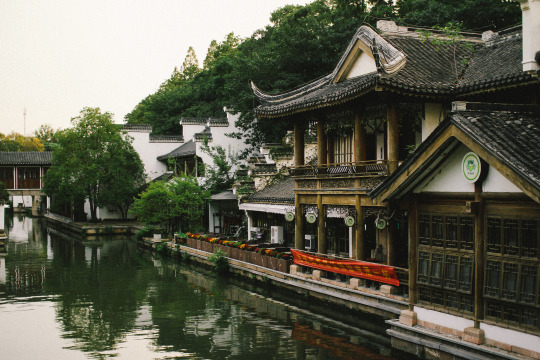

Tea House, Nanjing -- October 13th, 2023
Etsy
#nanjing#china#zhongguo#street photography#original photography#china photography#china pictures#china pics#chinese#photographers on tumblr#streets#asia#east asia#asia photos#asian#PRC
88 notes
·
View notes
Text
https://dana-695.szhdyy.com.cn/z/SKRfj6r
#destiny#wonderland#joke#fishblr#mature lady#machine gun kelly#ed recovery#china#the bold type#daemyra#eddie diaz#apartment#bdg#flowers
120 notes
·
View notes
Text
#summer solstice#reptiles#celtic frost#matt smith#draw the squad#machine gun kelly#dylan sprayberry#j cole#china#seapunk#sistar#the bold type#spotify playlist
122 notes
·
View notes
Photo
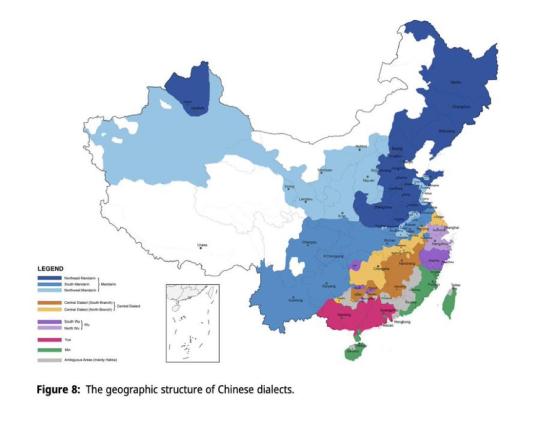
New Map of Chinese Dialect Regions
64 notes
·
View notes
Text




A mosque in Honhot, Inner Mongolia, China.
#China#Inner Mongolia#Honhot#中国#Islam#Mosque#Masjid#Asia#Far East#Muslim#Architecture#Religion#Arabic
54 notes
·
View notes
Text
31 notes
·
View notes
Text


"Xie xie Shanghai 🙏 See you next year 👋" - april 23, 2024
📷 @.mercedesamgf1 / instagram
#lewis hamilton#f1#formula 1#chinese gp 2024#fic ref#fic ref 2024#china#china 2024#china 2024 saturday
31 notes
·
View notes
Text

Peking Bicycle Co. storefront. Old Chinese postcard, c1900.
43 notes
·
View notes
Text
"Slay after slay after slay ✨" - april 24, 2024
📷 @.mercedesamgf1 / tiktok
#george russell#f1#formula 1#chinese gp 2024#fic ref#fic ref 2024#china#china 2024#china 2024 day unknown#tw flashing
37 notes
·
View notes



